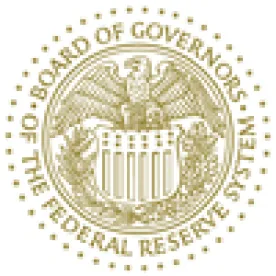On Thursday, July 13, Federal Reserve Chair Janet Yellen testified before the Senate Banking Committee. During this hearing, Chair Yellen stated that the Federal Reserve (the “Fed”) is open to modifying the threshold for designating banks as systematically important financial institutions (“SIFIs”). She reiterated that the Fed would not oppose raising the current asset threshold—which makes all banking organizations with consolidated assets equal to or in excess of $50 billion subject to SIFI status—but also suggested that the Fed might be open to alternative methods of determining SIFI status beyond asset size. In particular, she stated, in response to a question from Senator Mike Rounds (R.-S.D.), that “[a]n approach based on business model or factors is also a workable approach from our point of view” for determining SIFI status.
Chair Yellen’s testimony also touched on other bank regulatory issues. For example, as reported earlier this year, Chair Yellen indicated that the Fed “could find ways to reduce the burden” of the notoriously complex Volcker Rule, which could include establishing exemptions for community banks and tasking a single agency with overseeing the rule’s implementation and compliance. Responsibility for the Volcker rule is currently shared among the Fed, the Office of the Comptroller of the Currency, the Federal Deposit Insurance Corporate, the Securities and Exchange Commission, and the Commodity Futures Trading Commission.
Chair Yellen also acknowledged that regulators may need to make changes to the enhanced supplementary leverage ratio (“eSLR”), which mandates a greater leverage ratio for bank holding companies with more than either $700 billion in total consolidated assets or $10 trillion in assets under custody, as well as for any of their subsidiary banks with assets of more than $10 billion.
Last month, the Department of the Treasury issued a report that recommended, among other things, regulatory changes to ease the burdens on financial institutions with respect to the Volcker Rule and the eSLR. We discussed the report at length in a client alert.




 />i
/>i
